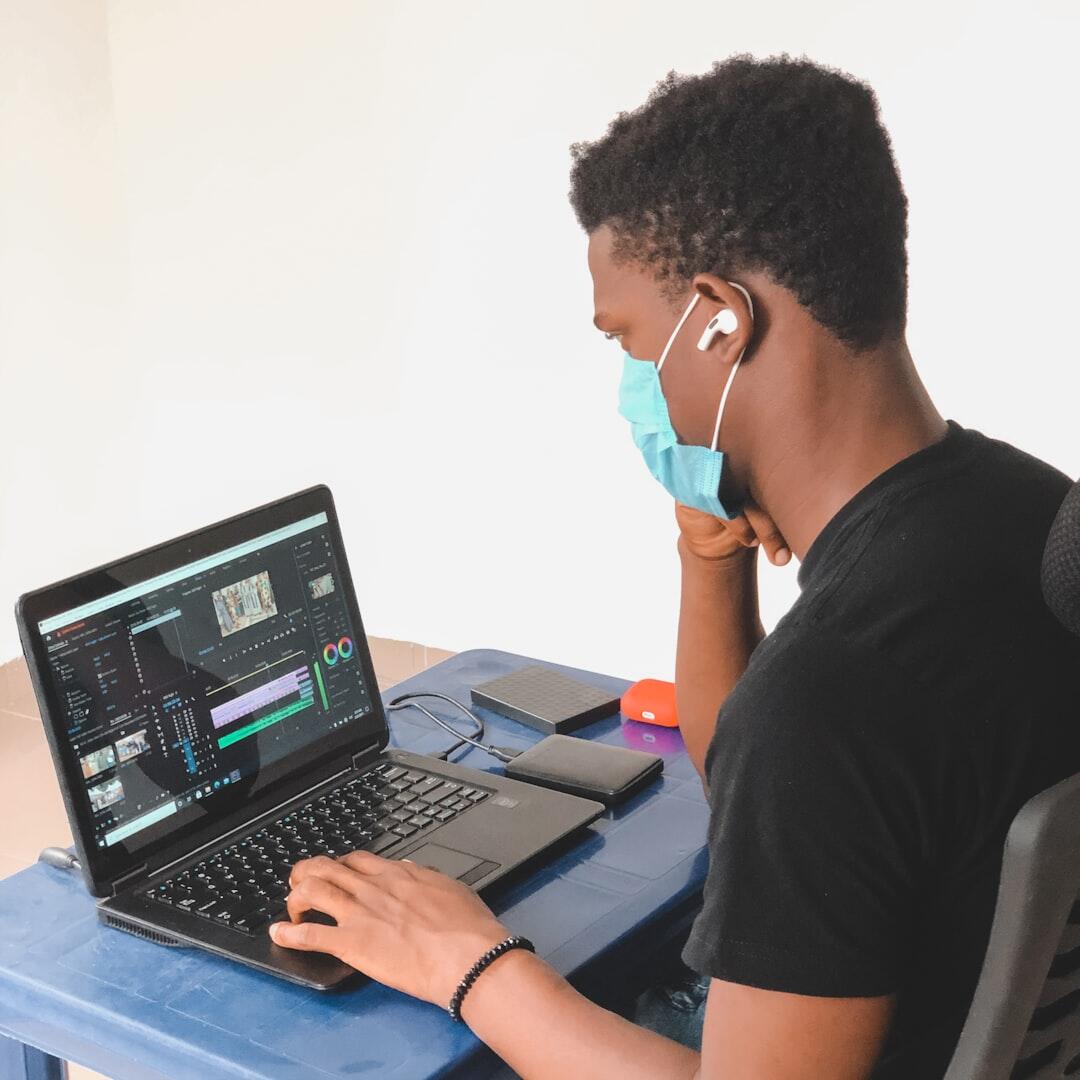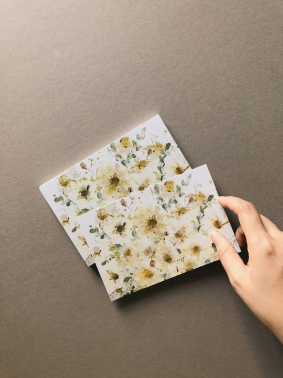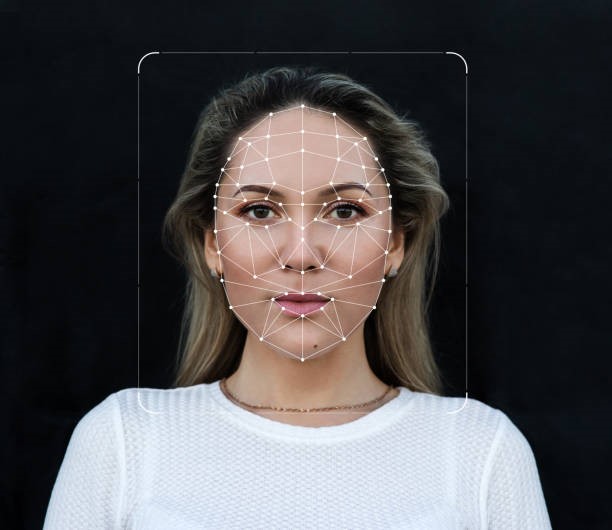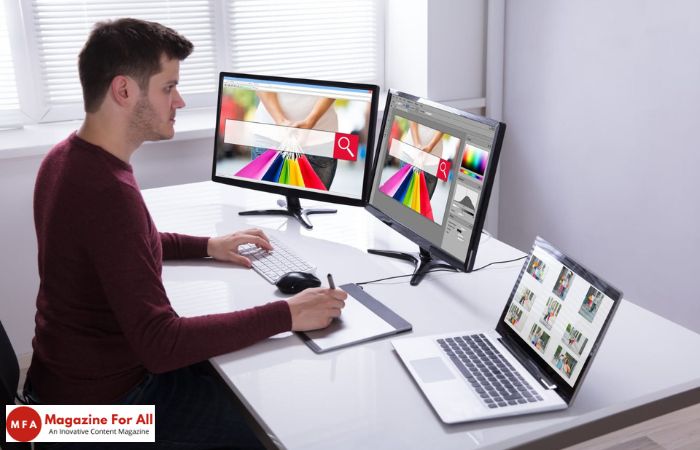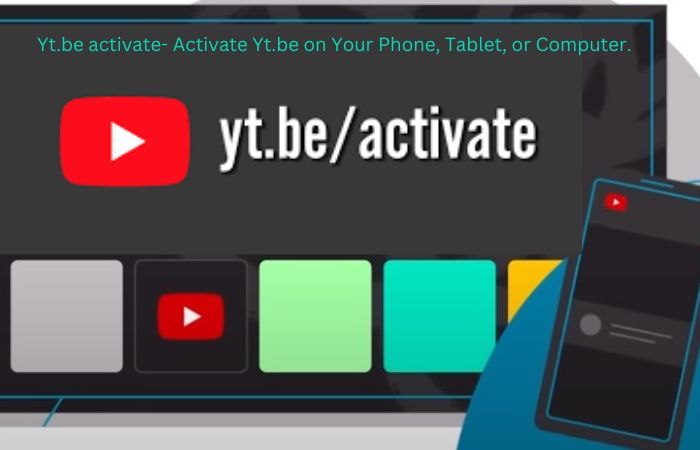Have you ever wondered how digital art became so clean, striking, and full of creative freedom? Over the years, artists and designers have searched for ways to create visuals that look polished and professional.
One key change came with the rise of background removal tools. These tools allow artists to cut out distractions and focus on the main subject. With this shift, digital art has moved from simple edits to powerful storytelling. Let’s explore how background removal tools shaped the growth of digital art.
Early Stages of Digital Art and Editing
In the beginning, digital art was limited by technology. Artists had to rely on slow editing methods that took a lot of time and skill. Removing a background was often done by hand, requiring careful tracing and layering. While the results were effective, they were not always perfect.
These early tools were mostly used by professionals with access to advanced software. Every day users found them too complicated and expensive. As a result, creativity was limited to a small group of people. However, the foundation was set for new tools to emerge and make editing more accessible.
This stage of digital art was more about experimentation. Artists explored what was possible within their tools. Though limited, it opened doors for creative expression that were not possible with traditional art. The dream of cleaner, easier designs had begun, even if the tools were not yet advanced.
The Shift to Simpler Tools for Everyday Users
As technology improved, simpler editing software started to appear. These tools made it possible for non-professionals to explore digital creativity. Removing backgrounds became easier with features like magic wands, lasso tools, and quick selection options. Though still requiring effort, these methods saved artists a lot of time compared to older manual techniques.
This shift marked an important moment. Digital art was no longer limited to professionals. Students, hobbyists, and small business owners could now create digital visuals without advanced training. This expanded the audience for digital creativity and allowed more people to express themselves.
During this stage, background removal still required patience. The results depended heavily on the user’s skill. However, the fact that more people could try it showed how powerful technology had become. Art was moving closer to a world where clean, professional images could be made by anyone.
The Rise of Automated Background Removal
The biggest transformation came with automated background removal tools. Suddenly, what used to take hours could be done in seconds. Artificial intelligence and smart algorithms allowed users to cut out backgrounds with incredible accuracy. This made digital art faster, smoother, and far more accessible.
One major benefit of these tools is their ability to recognize details like hair, edges, and shadows. This level of precision was once very difficult to achieve. Now, even beginners could create artwork that looked polished and professional.
Automated tools also encouraged experimentation. People could try new ideas without worrying about spending hours on technical work. With just a few clicks, images became cleaner and more flexible for design. The rise of these tools completely changed how digital art was created and shared.
Cleaner Designs and Creative Freedom
With background removal tools, artists gained more control over their designs. Clean visuals made it easier to focus on the subject, whether it was a product, a person, or an idea. Cluttered images became simple, allowing for stronger messages and sharper storytelling.
This freedom also opened up new creative paths. Artists could mix different elements, build collages, or place subjects into unique settings. A free photo background remover, for example, allows creators to cut out distractions instantly and focus on design rather than technical edits. This means more time for imagination and less time for slow adjustments.
The result is art that feels modern, bold, and flexible. Designers can now adapt visuals to different platforms, from social media to advertisements. Cleaner designs help capture attention and keep viewers engaged. Creative freedom has become a natural part of digital art thanks to these tools.
Transforming Visual Storytelling
Beyond clean designs, background removal has also shaped storytelling in digital art. By isolating the subject, artists can create stronger emotions and narratives. A single person or object placed against the right background can tell a powerful story.
For example, businesses use these tools to highlight products in promotional campaigns. Artists use them to add fantasy or surreal settings to portraits. Educators use them to build learning visuals that focus on key elements. The ability to remove and replace backgrounds has made digital art an effective way to share stories with wider audiences.
This change has influenced industries beyond art alone. Marketing, education, entertainment, and even journalism now rely on clear visuals. The power of storytelling has grown stronger because backgrounds no longer hold artists back. By controlling every part of the image, creators can deliver messages that are both impactful and memorable.
The Future of Background Removal and Digital Art
Looking ahead, background removal tools will likely become even smarter. Artificial intelligence continues to grow, offering new ways to edit images automatically. Future tools may remove not only backgrounds but also adjust lighting, textures, or colors for perfect results.
Artists will gain more freedom to experiment with bold ideas. Imagine instantly placing subjects into virtual spaces or blending them into 3D designs. This will push digital art into new areas like virtual reality, augmented reality, and interactive media.
The future also means these tools will become more accessible. As free and affordable versions spread, more people will explore their creativity. Digital art will no longer be limited by technical challenges. Instead, the focus will remain on imagination, storytelling, and personal expression. The journey of digital art through background removal is far from over; it is still evolving.
Express Your Creativity with Digital Art through Background Removal Tools
The evolution of digital art through background removal tools shows how far creativity has come. From slow manual editing to instant automated solutions, the journey reflects the growth of technology and imagination. These tools not only make designs cleaner but also give artists more freedom to tell stories and connect with audiences.
Today, anyone can create professional-looking visuals without advanced skills. This has opened doors for new voices, ideas, and industries. As tools continue to improve, digital art will only grow more powerful, flexible, and inspiring. The future of creativity is bright, and background removal remains at the center of this change.
If you enjoyed this article, check out our other blogs for more insights.




